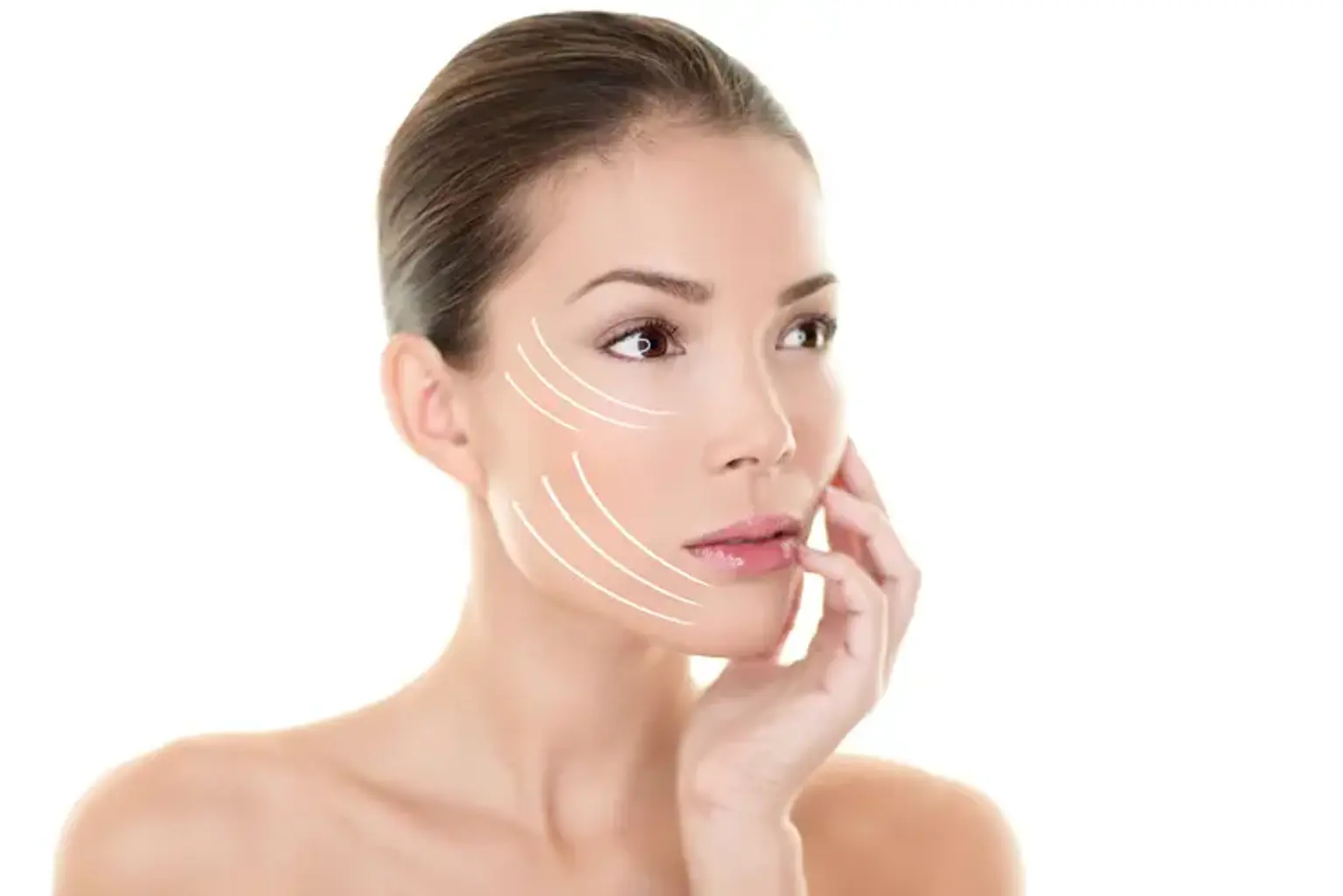SMAS Facelift
Overview
As we get older, our skin and tissues lose their elasticity. Then we start noticing wrinkles and skin sagging as we age.
The cosmetic industry is working on these points, all the products we see in the market lately are anti-aging with vitamin C, hyaluronic acid, and many other components that help people keep their skin integrity. However, some people don’t prefer long-term solutions, rather they prefer instant solutions with quick results. The medical field, especially plastic surgery, has accomplished what they wished for.
One of the most significant face support structures is the superficial muscular aponeurotic system (SMAS). It is made up of a tissue layer that exists in the deep inner layers of the skin.
